Increased Investment in Renewable Energy
The Utility Solar Tracker Market is benefiting from a notable increase in investments directed towards renewable energy sources. Governments and private entities are recognizing the importance of transitioning to sustainable energy solutions, leading to substantial funding for solar projects. In 2023, investments in solar energy reached approximately 200 billion USD, with a significant portion allocated to solar tracking technologies. This influx of capital is expected to facilitate the development and deployment of utility-scale solar projects, thereby expanding the Utility Solar Tracker Market. As financial incentives and subsidies continue to support renewable energy initiatives, the market is poised for robust growth.
Regulatory Support and Policy Frameworks
The Utility Solar Tracker Market is significantly shaped by supportive regulatory frameworks and policies aimed at promoting renewable energy adoption. Many countries have implemented favorable policies, such as tax incentives, feed-in tariffs, and renewable portfolio standards, which encourage the deployment of solar technologies. For instance, in 2023, several nations introduced new regulations that streamline the permitting process for solar projects, thereby reducing barriers to entry. This regulatory support not only fosters investment in solar tracking systems but also enhances the overall attractiveness of the Utility Solar Tracker Market. As policies continue to evolve, they are likely to create a conducive environment for market expansion.
Growing Demand for Clean Energy Solutions
The Utility Solar Tracker Market is witnessing a growing demand for clean energy solutions as consumers and businesses increasingly prioritize sustainability. The shift towards renewable energy sources is driven by heightened awareness of climate change and the need to reduce carbon footprints. In 2023, surveys indicated that over 70% of consumers prefer energy providers that utilize renewable sources. This consumer preference is prompting utilities to invest in solar technologies, including solar trackers, to meet the rising demand for clean energy. Consequently, the Utility Solar Tracker Market is expected to experience significant growth as more entities seek to align their operations with sustainable practices.
Focus on Energy Efficiency and Cost Reduction
The Utility Solar Tracker Market is increasingly influenced by the global emphasis on energy efficiency and cost reduction. As energy prices fluctuate, utility companies are seeking ways to optimize their operations and reduce costs. Solar trackers, which enhance energy output by adjusting the angle of solar panels, are seen as a viable solution to achieve these objectives. By maximizing energy capture, utility-scale solar projects can lower the levelized cost of electricity (LCOE), making solar energy more competitive with traditional energy sources. This focus on efficiency is likely to propel the Utility Solar Tracker Market forward, as utilities strive to meet both economic and environmental goals.
Technological Advancements in Solar Tracking Systems
The Utility Solar Tracker Market is experiencing a surge in technological advancements that enhance the efficiency and performance of solar tracking systems. Innovations such as dual-axis trackers, which allow solar panels to follow the sun's trajectory more accurately, are becoming increasingly prevalent. These systems can improve energy capture by up to 30% compared to fixed installations. Furthermore, the integration of smart technologies, including IoT and AI, enables real-time monitoring and predictive maintenance, thereby reducing operational costs. As a result, the adoption of advanced solar tracking technologies is likely to drive growth in the Utility Solar Tracker Market, attracting investments from both public and private sectors.


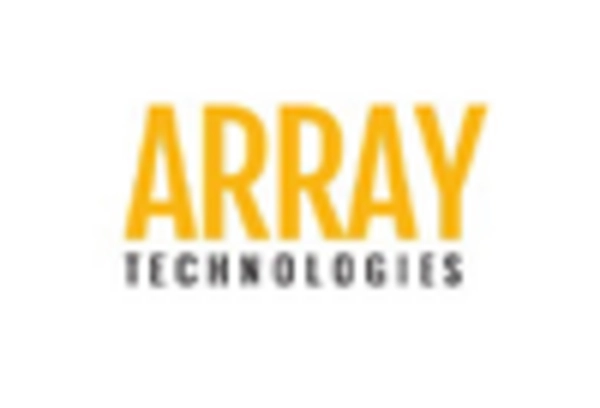
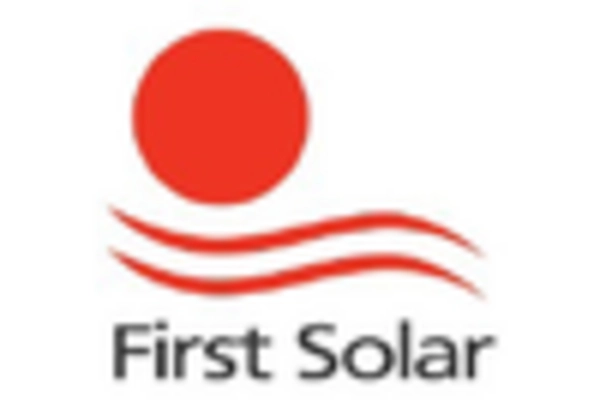
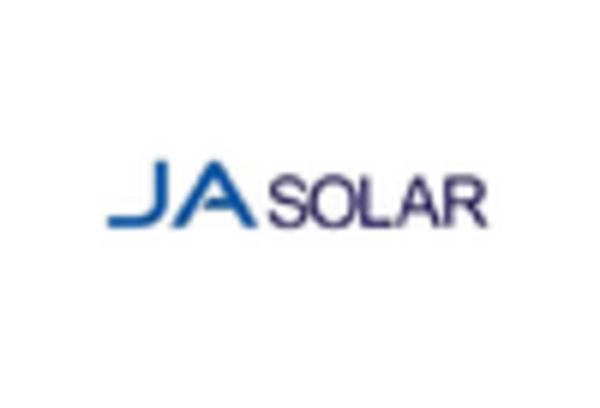
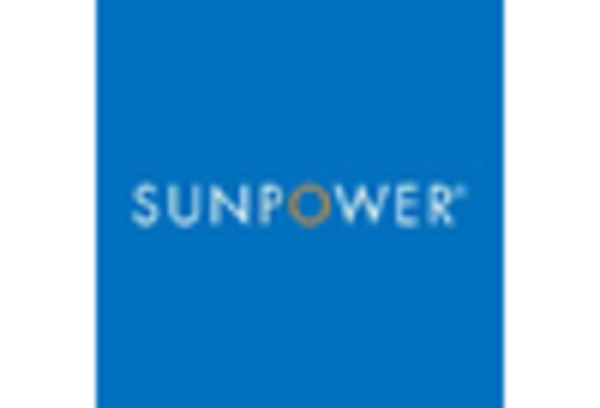
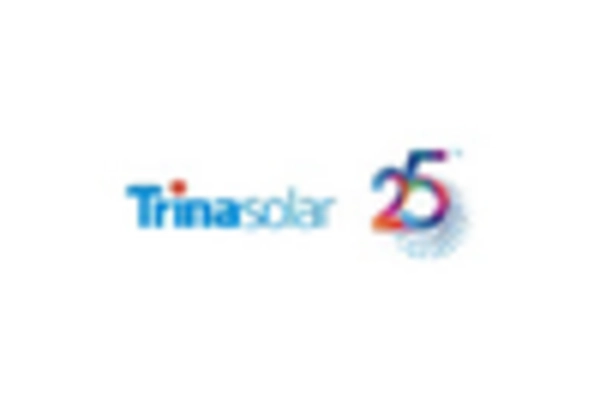








Leave a Comment